Oreodaphne californica, commonly known as California Laurel or Oreodaphne, is a homoeopathic remedy derived from the leaves of the Oreodaphne californica plant.
It is primarily used to address neuralgic headache, cervico-occipital pain, cerebro-spinal meningitis, atonic diarrhoea, and intestinal colic.
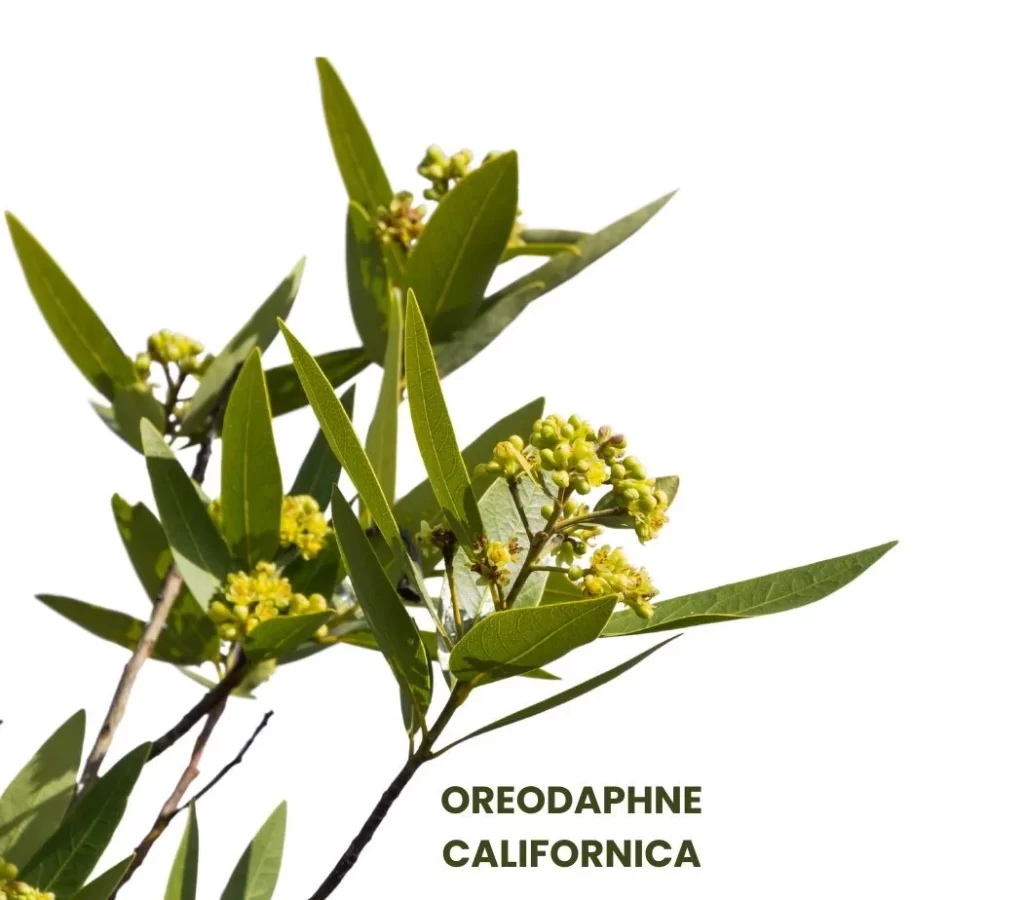
SOURCE INFORMATION
Scientific Classification
- Kingdom: Plantae
- Clade: Tracheophytes
- Clade: Angiosperms
- Clade: Magnoliids
- Order: Laurales
- Family: Lauraceae
- Genus: Oreodaphne
- Species: Oreodaphne californica
Origin
Oreodaphne californica is native to western North America, particularly in California.
It is a member of the Lauraceae family, which includes other aromatic plants like bay laurel and cinnamon.
Interesting Facts
- California Laurel is an evergreen tree or shrub known for its glossy, dark green leaves and fragrant foliage.
- The leaves of Oreodaphne californica are used in traditional medicine by Native American tribes for various medicinal purposes, including treating headaches, digestive issues, and respiratory ailments.
- In addition to its medicinal uses, California Laurel is valued for its ornamental beauty and is often planted in gardens and landscapes for its aesthetic appeal.
DRUG PATHOGENESIS
- Oreodaphne californica is indicated for conditions such as neuralgic headache, cervico-occipital pain, cerebro-spinal meningitis, atonic diarrhoea, and intestinal colic.
- It acts primarily on the head, causing symptoms such as dizziness, heavy head, eyelid twitching, intense aching in the orbital area, and dull ache in the cervical and occipital regions.
- Gastrointestinal symptoms include eructations, nausea, and shuddering.
KEY CHARACTERISTICS
Head Symptoms
- Dizziness worsens upon stopping or moving.
- Feeling of heaviness in the head and eyelids, accompanied by twitching.
- Intense aching and pressure felt at the inner angle of either orbit, typically on the left side, extending across the scalp to the base of the occiput.
- Symptoms aggravated by light and noise, but relieved by closing the eyes and seeking perfect quiet.
- Constant, dull ache in the cervical and occipital region, extending down the spine to the scapula and into the ears.
- Persistent desire to move the head for relief, but movement does not alleviate symptoms.
- Drooping eyelids and twitching sensations are present.
Gastrointestinal Symptoms
- Eructations (belching) accompanied by nausea and shuddering.
MODALITIES
- AGGRAVATION: With light and noise.
- AMELIORATION: With closing the eyes and perfect quiet.
DOSE
- Oreodaphne californica is typically prescribed in the first to third potency. Olfaction of the tincture is also recommended.
Frequently Asked Questions
What is Oreodaphne californica used for?
Oreodaphne californica is primarily used for neuralgic headache, cervico-occipital pain, cerebro-spinal meningitis, atonic diarrhoea, and intestinal colic.
How is Oreodaphne californica prepared?
Oreodaphne californica is prepared from the leaves of the Oreodaphne californica plant using homoeopathic extraction methods.
Is Oreodaphne californica safe to use?
When used according to homoeopathic guidelines and under the supervision of a qualified practitioner, Oreodaphne californica is considered safe for use.
Meaning of Difficult Words
- Neuralgic: Relating to or affected by neuralgia, a sharp, stabbing pain along a nerve or group of nerves.
- Cerebro-spinal: Relating to the brain and spinal cord.
- Atonic: Characterized by a lack of normal muscle tone or strength.
- Eructations: The act or process of belching or emitting gas from the stomach through the mouth.
- Olfaction: The action or capacity of smelling; the sense of smell.


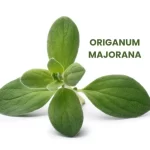



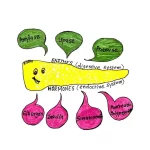


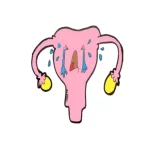

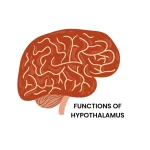

Leave a Reply